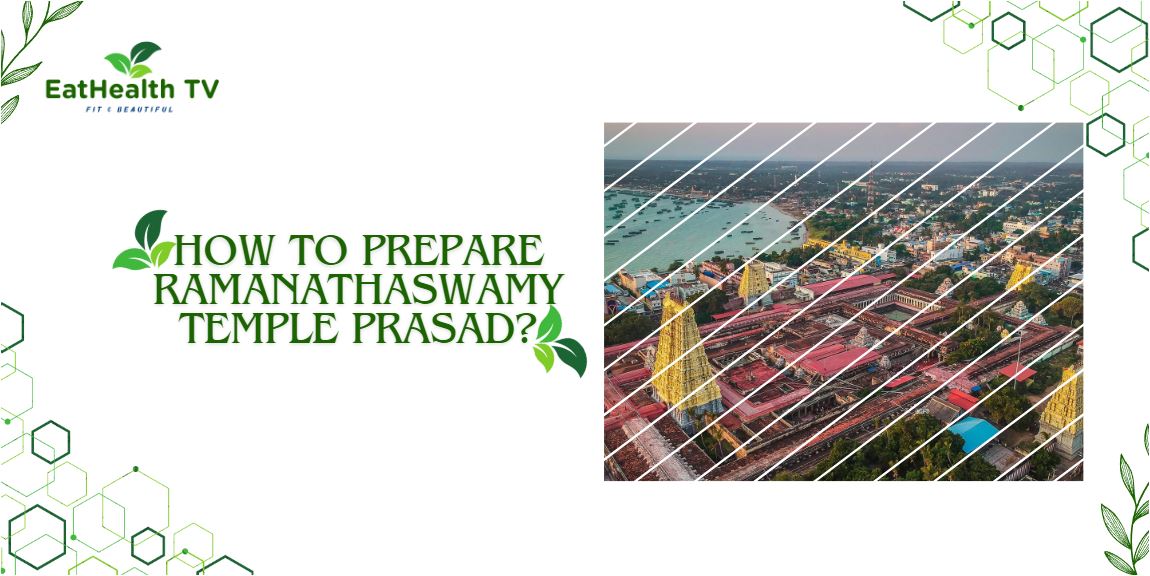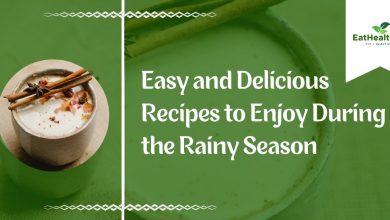How to Prepare Ramanathaswamy Temple Prasad?
Divine Delicacy: Unraveling the Secret Recipe of Ramanathaswamy Temple's Puliyodarai Prasad

Guide to Prepare Ramanathaswamy Temple Puliyodarai Prasad
Nestled on the sacred shores of Rameswaram, Tamil Nadu, the Ramanathaswamy Temple stands as a symbol of devotion and spiritual reverence. Among the various rituals performed at this revered temple, the offering of Puliyodarai Prasad holds a special significance. In this comprehensive guide, we will unravel the culinary secrets behind preparing this divine Prasad, delving into its historical context, significance, and meticulous step-by-step process.
Historical and Cultural Significance of Ramanathaswamy Temple
The Ramanathaswamy Temple, dedicated to Lord Shiva, is one of the most ancient and revered temples in India. Its history dates back thousands of years, with mentions in Hindu scriptures and texts. The temple’s architecture, with its towering gopurams and sacred tanks, reflects the rich heritage and spiritual legacy of Tamil Nadu.
Understanding Puliyodarai Prasad
Puliyodarai, also known as tamarind rice or puliyogare, is a traditional South Indian dish that holds a special place in Hindu temple rituals. The tangy and flavorful rice dish is prepared with a unique blend of spices, tamarind paste, and cooked rice. It is considered auspicious and is often offered as Prasad in temples, including the Ramanathaswamy Temple. Just as we know How to Prepare Meenakshi Amman Temple Prasad?
Ingredients for Puliyodarai Prasad
- Rice: The base ingredient, symbolizing sustenance and purity.
- Tamarind Paste: Adds tanginess and depth of flavor to the dish.
- Oil: Used for tempering and enhancing the aroma of the spices.
- Mustard Seeds: Add a nutty flavor and act as a tempering agent.
- Dried Red Chillies: Provides heat and spice to the dish.
- Chana Dal (Split Bengal Gram): Adds texture and nuttiness to the rice.
- Urad Dal (Split Black Gram): Enhances the flavor and texture of the dish.
- Peanuts: Adds crunch and richness to the Puliyodarai.
- Curry Leaves: Infuse a distinct aroma and flavor to the dish.
- Turmeric Powder: Adds color and subtle flavor to the rice.
Preparing Puliyodarai Prasad – The Divine Alchemy
- Cooking the Rice: Wash and cook the rice until it is fluffy and well-cooked. Spread it out on a plate to cool down.
- Preparing the Tamarind Paste: Soak tamarind in warm water for about 15-20 minutes. Squeeze out the pulp and discard the fibers.
- Tempering the Spices: In a pan, heat oil and add mustard seeds, dried red chilies, chana dal, urad dal, and peanuts. Fry until the dals turn golden brown and the peanuts are roasted.
- Adding Tamarind Paste: Add the tamarind paste to the tempering and mix well. Cook until the raw smell of the tamarind disappears.
- Adding Spice Mix: Add turmeric powder and salt to the tamarind mixture. Stir well to combine.
- Mixing with Rice: Once the tamarind mixture thickens slightly, add the cooked rice to the pan. Gently mix until the rice is well-coated with the tamarind paste.
- Final Touch: Garnish with fresh curry leaves and mix well. Allow the Puliyodarai to sit for a few minutes to absorb the flavors.
The Spiritual Essence of Puliyodarai Prasad Offering
The act of preparing and offering Puliyodarai Prasad at the Ramanathaswamy Temple is not just a culinary ritual but a spiritual journey. Each ingredient symbolizes virtues like purity, tanginess, and wholesomeness, reflecting the devotee’s commitment to a harmonious life. The Prasad, once offered to the deity, is distributed among devotees, fostering a sense of community and shared blessings.
YouTube Channel for Health related educational Videos
Conclusion
In conclusion, the preparation of Ramanathaswamy Temple Puliyodarai Prasad is a culinary art deeply rooted in tradition and spirituality. As the aroma of the dish wafts through the temple corridors, it becomes a testament to the devotion and culinary heritage of Tamil Nadu.
May the act of crafting Puliyodarai Prasad continue to be a revered tradition, connecting devotees with the divine through the art of cooking and sharing. As we partake in the sacred offering, may it symbolize not only a feast for the senses but a feast for the soul, fostering a deeper connection with Lord Shiva and the spiritual essence of the Ramanathaswamy Temple.




